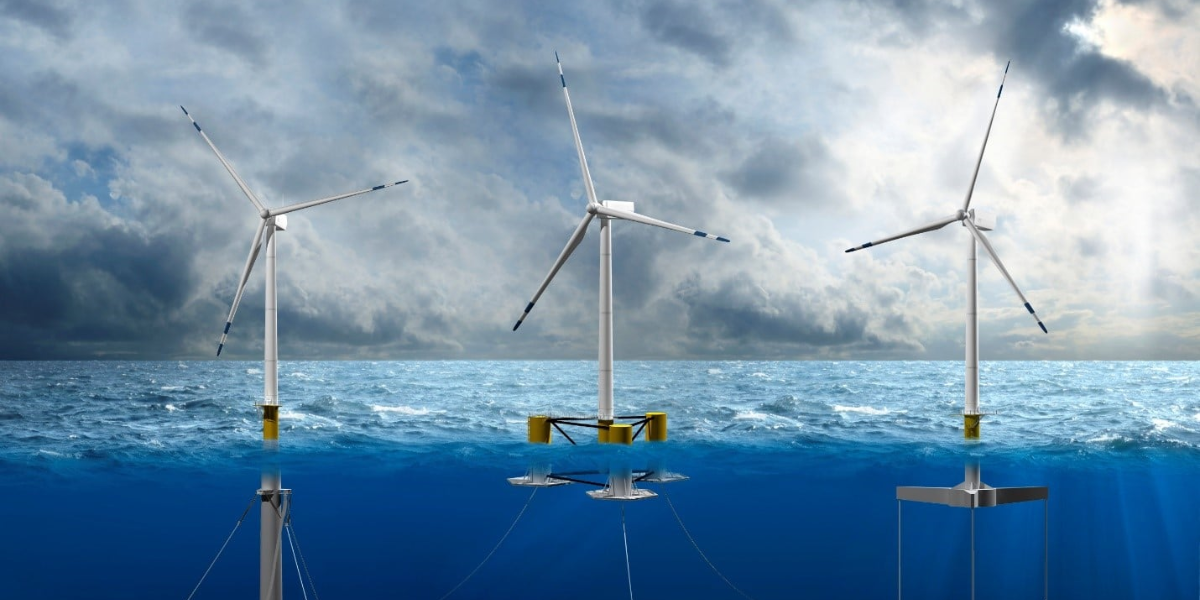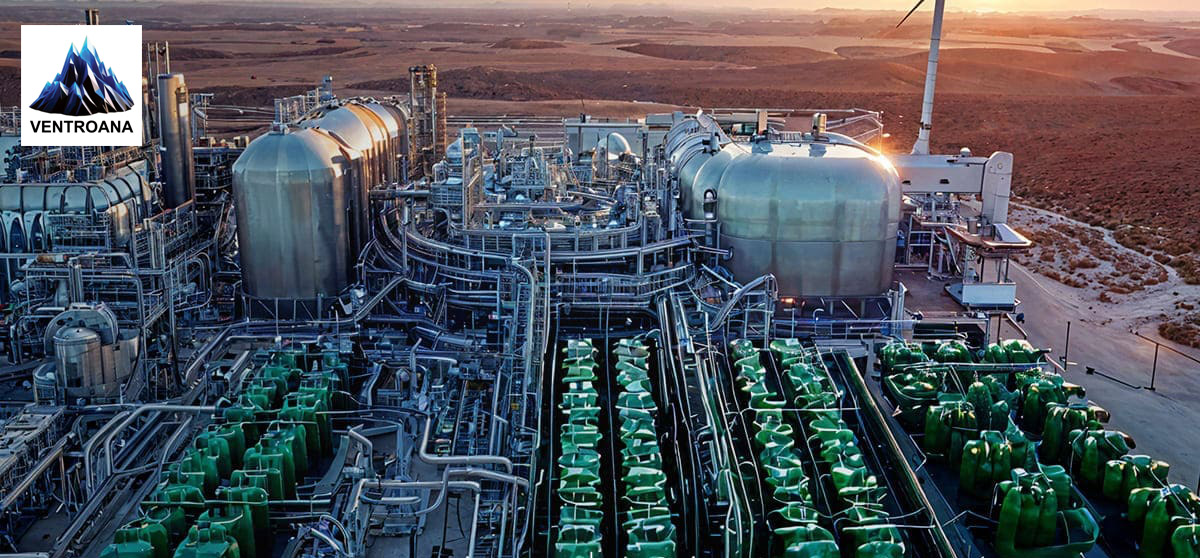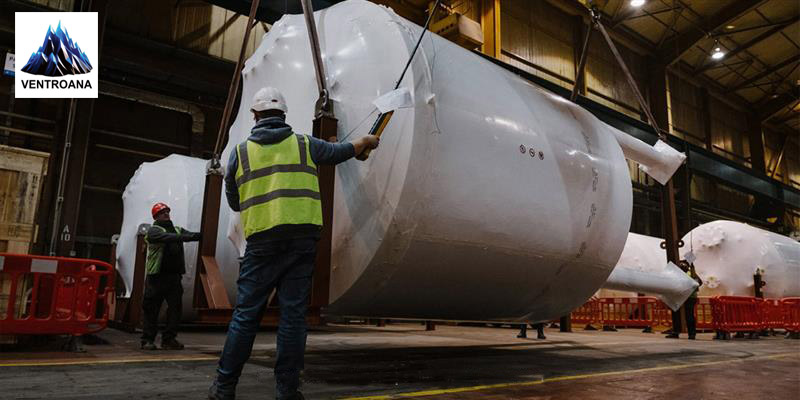Marine Resources
April 16, 2024

In the quest for sustainable energy sources, marine resources have emerged as a promising frontier for power generation. With advancements in technology and growing concerns about climate change, the utilization of marine resources such as tidal, wave, and ocean thermal energy is gaining traction worldwide. In this blog, we delve into the technical aspects of harnessing marine resources for power generation, along with an exploration of market trends and insights.
Tidal energy, generated by harnessing the kinetic energy of tidal currents, presents a reliable and predictable source of power. Tidal energy systems typically involve underwater turbines placed in areas with strong tidal currents. As the tides ebb and flow, these turbines spin, generating electricity.
One of the key advantages of tidal energy is its predictability. Tidal patterns can be accurately forecasted years in advance, allowing for efficient planning and grid integration. Additionally, tidal energy systems have a minimal environmental footprint compared to traditional fossil fuel-based power plants.
The tidal energy market is witnessing significant growth, driven by technological advancements and supportive government policies.
According to market research, the global tidal energy market is projected to reach $3.5 billion by 2024, with a compound annual growth rate (CAGR) of over 20% from 2019 to 2024.
Wave energy, derived from the motion of ocean waves, is another promising marine resource for power generation. Wave energy converters (WECs) are devices designed to capture the energy from ocean waves and convert it into electricity. These converters come in various forms, including point absorbers, oscillating water columns, and attenuators.
Wave energy has the advantage of being more consistent and energy-dense compared to other renewable sources such as wind and solar. However, developing efficient and cost-effective wave energy technologies remains a challenge. Nonetheless, ongoing research and innovation are driving progress in this field.
The global wave energy market is expected to witness substantial growth in the coming years, fueled by increasing investments in renewable energy infrastructure and the need to reduce greenhouse gas emissions.
By 2024, the market is forecasted to exceed $1.5 billion, with Europe leading in deployment and innovation.
Ocean thermal energy conversion (OTEC) harnesses the temperature difference between warm surface water and cold deep water to produce electricity. OTEC systems typically use a fluid with a low boiling point, such as ammonia, to drive a turbine and generate power.
OTEC offers a continuous and reliable source of renewable energy, particularly in tropical regions where temperature differentials are significant. While OTEC technology has been in development for decades, commercial-scale deployment has been limited due to technical and economic challenges.
Despite these challenges, the global OTEC market is anticipated to grow steadily in the coming years, driven by increasing investments in renewable energy infrastructure and the potential for OTEC to provide baseload power in island nations and coastal regions.
By 2024, the market is projected to reach a value of $500 million, with Asia-Pacific emerging as a key market for OTEC deployment.
By 2030, global marine economy growth is projected to reach $3 trillion.
This story map updates the first comprehensive assessment of the U.S. marine economy. Developed by NOAA and the Bureau of Economic Analysis, new marine economy statistics provide the most accurate picture yet of America's marine economy.
The exploration of marine resources for power generation holds immense potential in the transition towards a sustainable energy future. Tidal energy, wave energy, and ocean thermal energy conversion offer reliable and renewable sources of electricity, with minimal environmental impact.
As of 2024, the marine energy sector is experiencing significant growth, driven by technological innovation, supportive government policies, and increasing investments in renewable energy infrastructure. With continued research and development, marine energy can play a crucial role in meeting global energy demand while mitigating climate change impacts.
Ventro Analytics, can play a crucial role in advancing the exploration of marine resources for power generation. Leveraging its expertise in renewable energy systems and marine engineering. It can offer innovative solutions tailored to the unique challenges of harnessing tidal, wave, and ocean thermal energy. From concept design to project implementation, we provide comprehensive support, including feasibility studies, site assessments, and engineering design services.
Ventro Analytics facilitates the development of sustainable power generation projects that maximize energy output while minimizing environmental impact. With our commitment to technological innovation and sustainable development, we are poised to drive progress in the exploration and utilization of marine resources for clean energy production.
We also provide tailored solutions to meet your unique needs. To avail of our services, you can send us an email at sales@ventroana.com
Tags:

Successful Implementation of Green Hydrogen in Power Plants
Discover how green hydrogen revolutionizes power plants with sustainable energy solutions, reducing ...

Driving Innovation and Resilience: Insights from the 10th Annual Energy Supply C...
Gain insights on driving innovation and resilience at the 10th Energy Supply Chain & Procurement Sum...

Understanding EPC Engineering: Key Concepts Explained
Discover the essentials of EPC Engineering, covering contracts, project phases, and roles of EPC con...